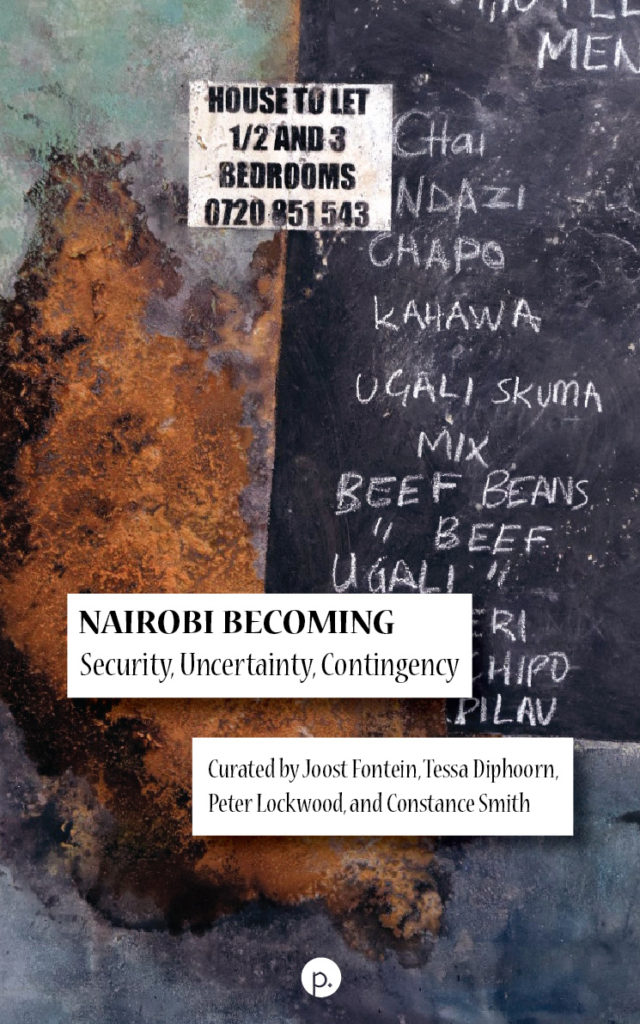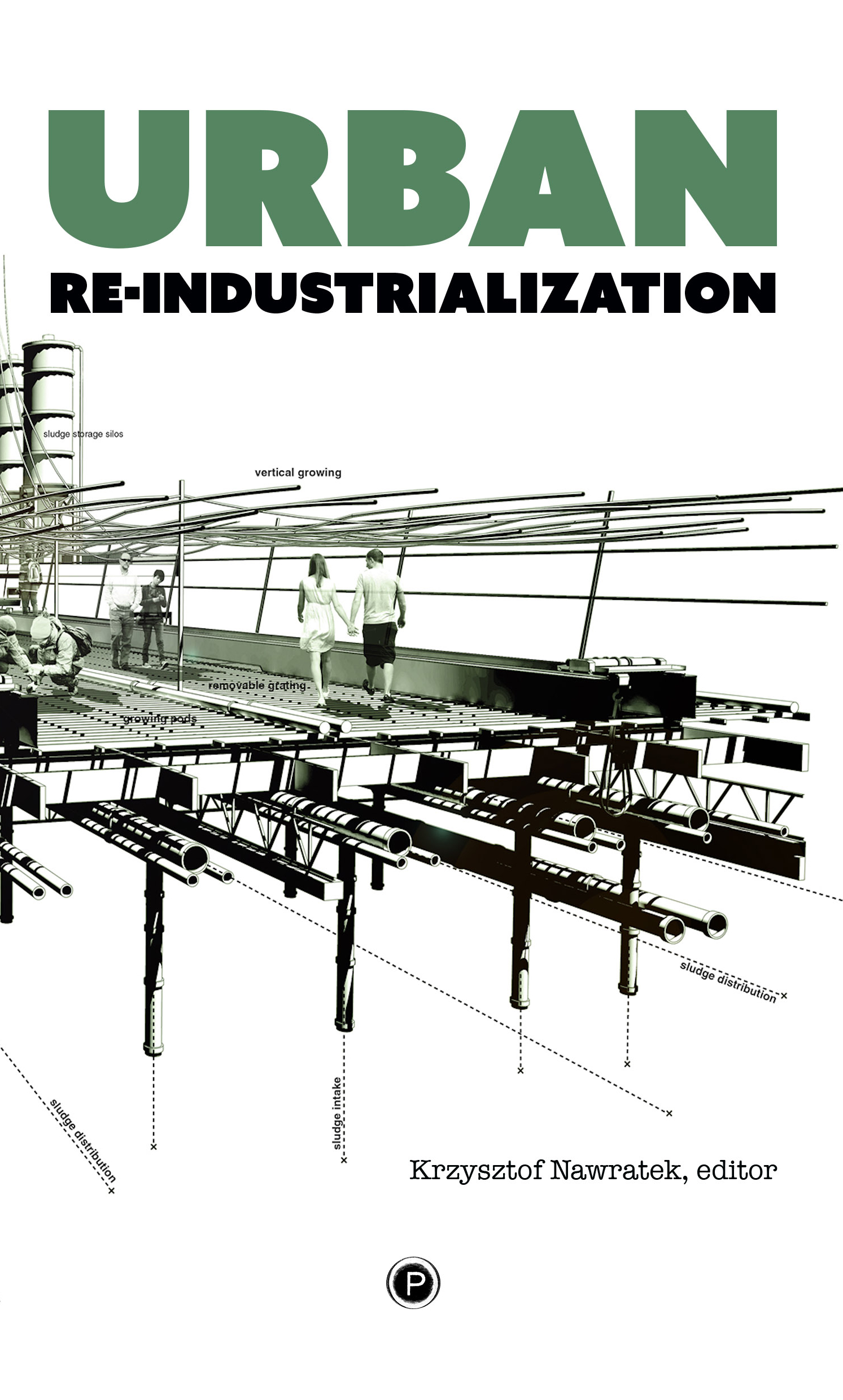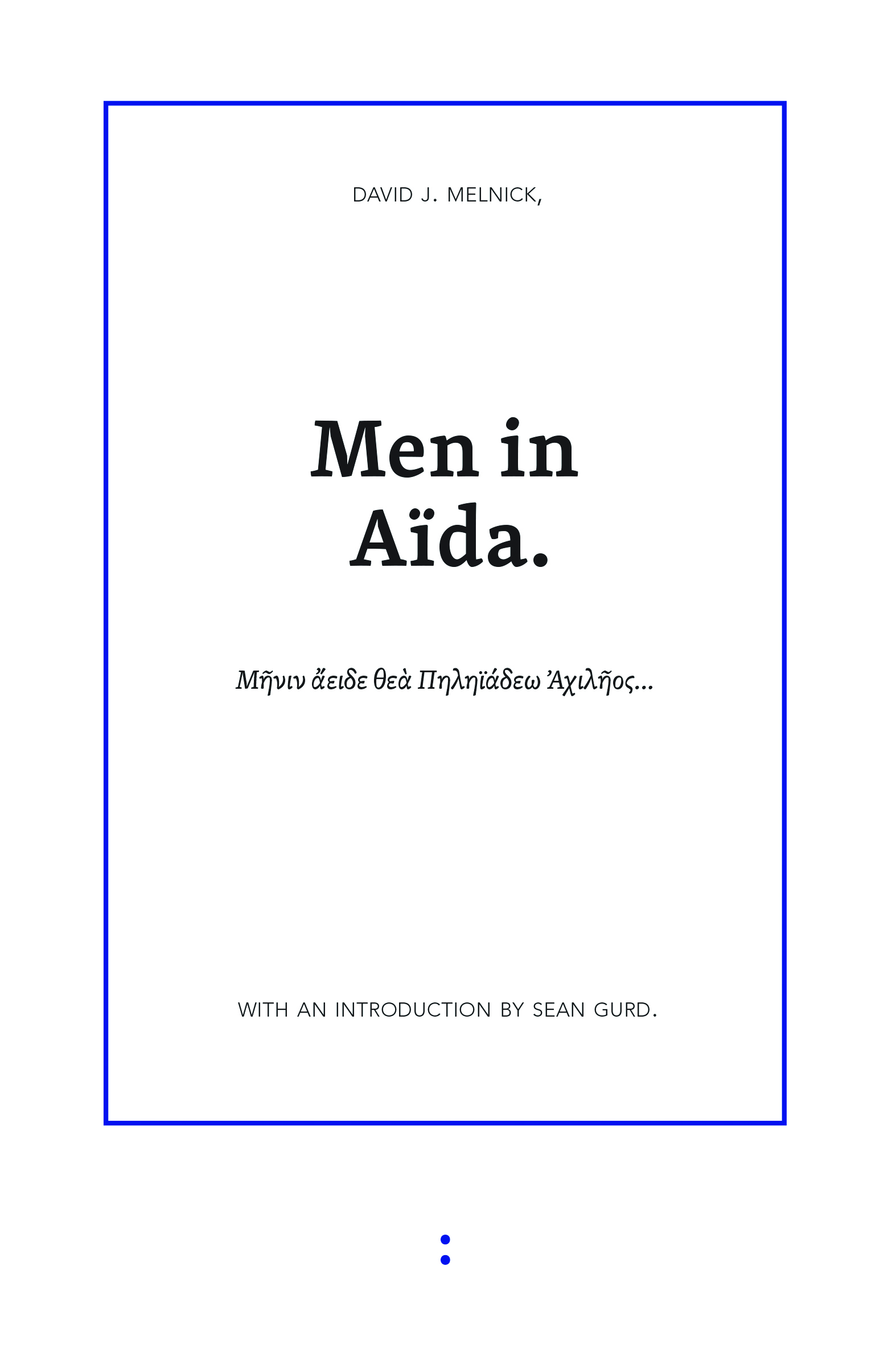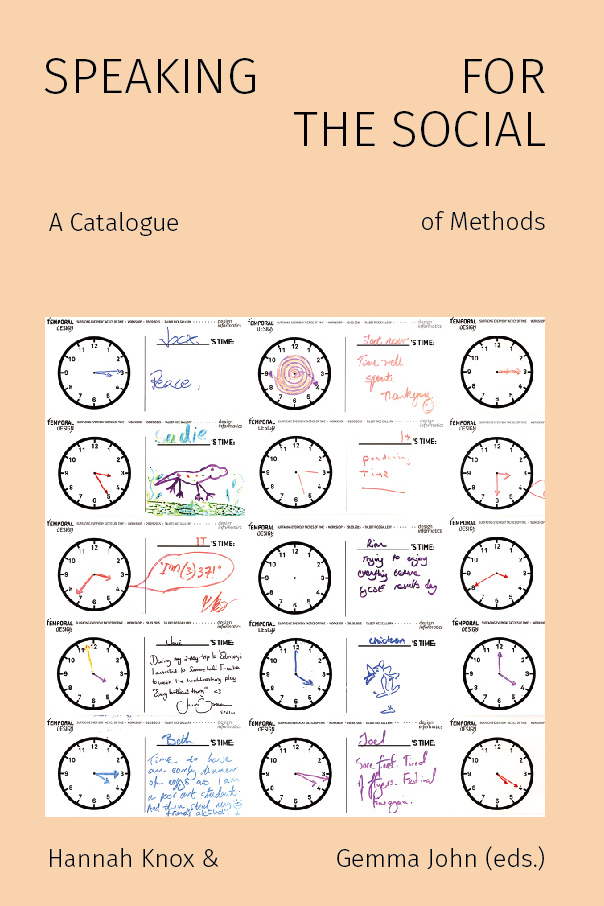Echoing the edgy, disjunctive, ever-emergent city of Nairobi that it explores, Nairobi Becoming: Security, Uncertainty, Contingency strives to be several things-in-the-making. It is a historically and anthropologically minded examination of a shifting cityscape, an experimental, collaborative exercise in curated juxtaposition and assemblage, and an interdisciplinary, subjunctive urban ethnography. It brings together curated interventions by twenty-seven artists, scholars, and writers to trace Nairobi’s becoming. Methodologically experimental and multimodal, it seeks to balance an appreciation of Nairobi’s fragmented character while also recognizing its contingent coherency.
Nairobi Becoming curates an eclectic collection of different voices and interventions to evoke something of the city’s manifold guises and historicities – an urban mosaic of partial experiences as well as dawning possibilities for future becomings. Assembling scholarship, literature, creative non-fiction, and visual art, the contributions are arranged around particular themes, while resisting the urge to develop a singular coherent voice. Security – in its various guises – is the linking thread, the point of articulation that connects apparently disparate elements of Nairobi life, from sex work to roadbuilding, goat markets to funerals. Security is here an analytical operator: a concept that refracts the seemingly diverse modalities of life in Nairobi, and, with the related domains of uncertainty and contingency, brings the city’s dynamics of fragmentation and coherence to the surface in surprising ways.
If confronting Nairobi’s will to coherence amidst the strains of fragmentation is the empirical and analytical challenge of Nairobi Becoming, then it is through collaboration and juxtaposition, curation and contrast, and the messiness of assemblage, that this book chimes with the fraught multiplicities of a city-in-the-making. As such, this book is also an exploration of the inevitable tension that exists between curatorial intent and the possibility of allowing each contribution to stand for itself.




